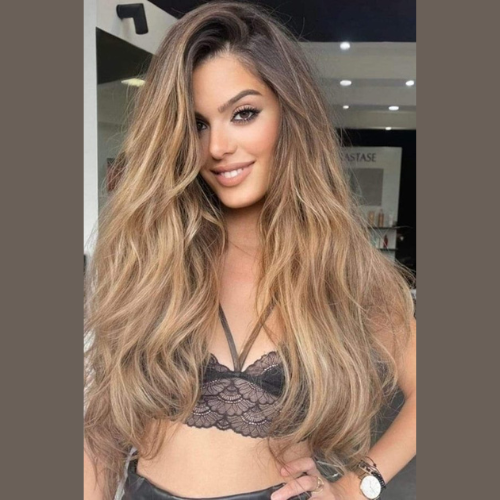The Rise of Models: Shaping the Fashion and Beauty Industry
In the ever-evolving world of fashion and beauty, Models have long held the spotlight, serving as both muse and medium for designers, brands, and photographers. A model’s role goes far beyond simply wearing clothes or showcasing products; they are integral to the communication of artistic vision and societal trends. In this blog, we will explore the significance of models in shaping the fashion industry, the types of models that exist today, and how the role of models has transformed over time.
The Evolution of Modeling
Historically, modeling was a niche profession that was almost exclusively tied to the high fashion industry. In the 1950s and 1960s, the likes of Twiggy and Jean Shrimpton represented the epitome of beauty and elegance in a way that set the tone for future generations. These iconic figures helped redefine beauty standards while simultaneously giving rise to the global fashion industry as we know it.
As time passed, models became more than just faces behind runway shows or advertisements. They became celebrities in their own right, with supermodels like Cindy Crawford, Naomi Campbell, and Kate Moss dominating the '80s and '90s. Their fame transcended fashion, and they were recognized as cultural icons.
Today, the modeling industry is vast, inclusive, and diversified. With the rise of social media, the lines between traditional models and influencers have blurred, allowing for a greater variety of body types, ethnicities, and gender expressions to be represented.
Types of Models
The modeling industry is diverse, with many types of models fulfilling specific roles. Some of the most well-known include:
-
Runway Models: These models are typically tall and slender, walking in fashion shows for designers. Runway models often set trends and carry the latest collections from top designers down the catwalk.
-
Editorial Models: These models work in magazines, advertising campaigns, and high-fashion photoshoots. Their work often involves intricate styling, dramatic poses, and creative expression, making them the focal point of fashion photography.
-
Commercial Models: Commercial models are often seen in mainstream advertising, such as TV commercials, print ads, and billboards. They tend to have more accessible looks, making them relatable to a broader audience.
-
Plus-Size Models: In recent years, the fashion industry has made significant strides in embracing body diversity. Plus-size models represent a range of body types and are essential in challenging conventional standards of beauty.
-
Fitness Models: These models are known for their toned physiques and are often featured in activewear campaigns or health-related advertisements.
-
Influencers and Social Media Models: With the growth of platforms like Instagram and TikTok, the concept of modeling has expanded beyond traditional agencies. Many influencers and content creators leverage their platforms to promote brands and share their personal style with a global audience.
The Impact of Diversity and Inclusion
One of the most significant transformations in the modeling world in recent years is the increased focus on diversity and inclusion. Gone are the days when only one standard of beauty dominated the industry. Today, a greater range of body types, skin tones, gender identities, and ages are being celebrated.
Brands like Fenty Beauty, Aerie, and Savage X Fenty have been at the forefront of promoting inclusivity, showcasing models that represent real people in all their uniqueness. This has not only helped to broaden the definition of beauty but also empowered individuals to feel represented and seen in mainstream media.
Conclusion
Models are the backbone of the fashion and beauty industry, constantly pushing the boundaries of creativity and expression. With the rise of digital platforms and growing demands for diversity, the role of the model has evolved into something more inclusive and multifaceted. As the industry continues to grow and change, models will undoubtedly remain central to how fashion and beauty are communicated to the world. The future of modeling is not just about physical beauty; it’s about authenticity, individuality, and representation for all.

Comments
Post a Comment